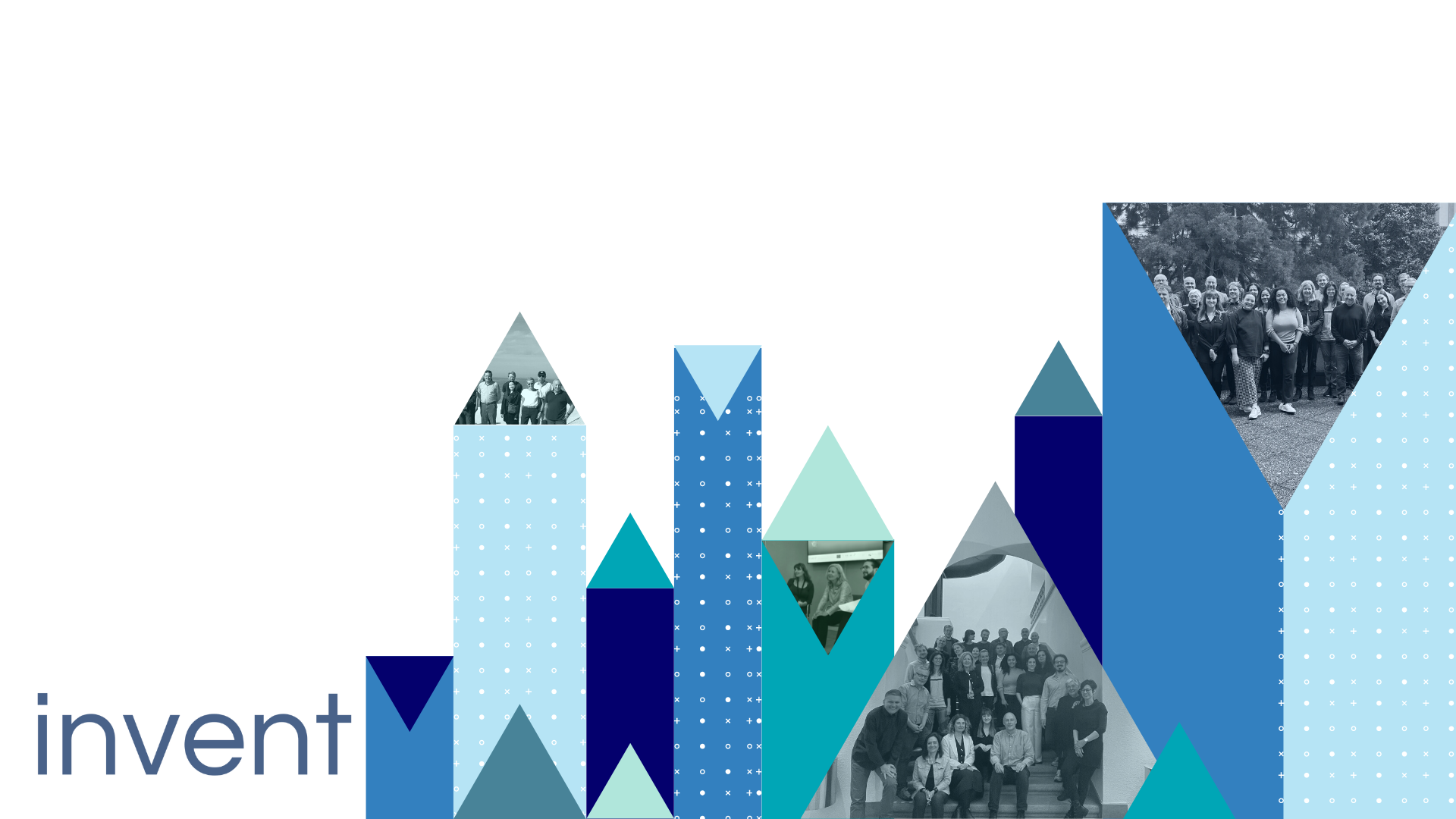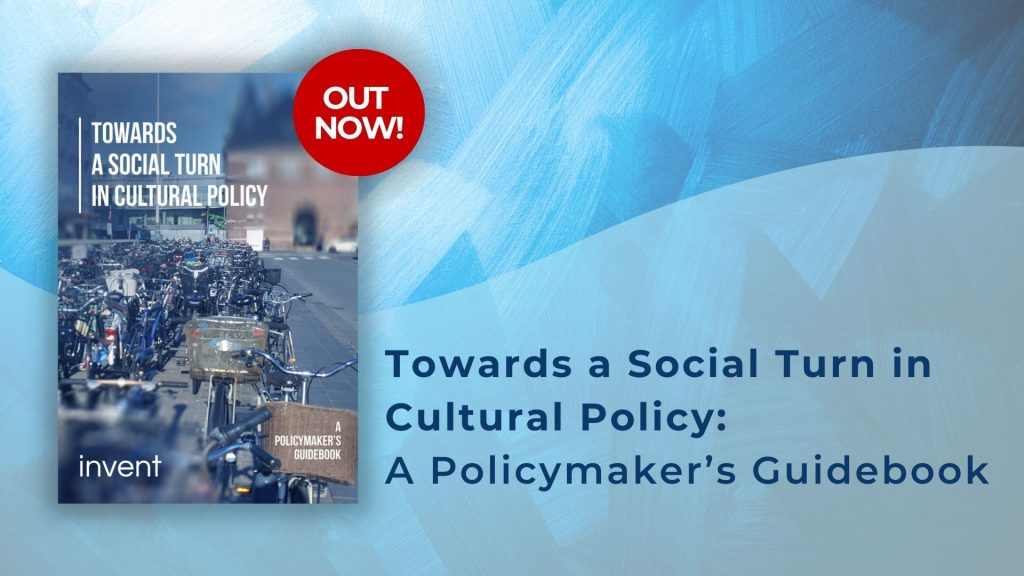PANEL II: Impact of megatrends on cultural participation and everyday culture
Presentations
Citizens’ perspectives on the impact of globalization, Europeanization, and migration: Implications for cultural policy
This presentation focuses on how cultural globalization is understood by European citizens. Extensive literature has focused on the effects of measurable processes of globalization on various aspects of everyday life, including the cultural sphere (Deutschmann, 2022). However, scant attention has been paid to the way individuals perceive the effects of globalization on their cultural lifestyles, participation, and preferences. Employing theories of cultural stratification, this presentation enhances the theoretical understanding of an underexplored aspect of cultural globalization (including Europeanization and increased migration flows) – how individuals perceive its effect on various aspects of everyday culture (Hanquinet & Savage, 2018), in particular cultural offerings, reception, and consumption. Drawing on quantitative and qualitative data – survey data, in-depth interviews, and case studies conducted in different European countries – the analysis provides new insights on people’s perceptions and experiences of how globalization, European integration/disintegration, and migration (Stevenson et al., 2017) have changed cultural offerings, reception, and consumption and how these perceptions and experiences vary by social background and country.
Migrant perspectives on differences between home and host cultures: Implications for cultural policy
This presentation examines on how European residents with a migrant background perceive culture. One of the major issues in the scholarly discussion on increasing migration in Europe is the cultural integration of persons with a migrant background (Akdede & Giovanis, 2022; Diehl et al. 2016; Erel, 2010). While some researchers see a successful cultural integration of migrants as cultural convergence between native and migrant populations, others claim there is a failed cultural integration with religious fundamentalism and parallel societies spreading among several groups of migrants. Here, we examine cultural integration from the perspectives of persons with a migrant background themselves in nine European countries. Theoretically, we draw on recent theories of integration, taking also transnational perspectives into account (Alba & Nee, 2018; Garcés-Mascareñas & Penninx, 2016; Recchi et al. 2019). We analyze how persons with a migrant background, living in Europe, perceive the culture of their country of residence (CoR), the differences to the culture of their country of origin (CoO), what they like about the culture of their CoR, and how the culture of their CoO could enrich the culture of the CoR. Relying on 90 in-depth interviews with persons with a migrant background in nine European countries, we are able to analyze migrants’ perspectives on cultural integration differentiated by class, CoO, CoR, cultural distance between these countries, and strength of transnational ties.
Citizens’ perspectives on the impact of social inequalities on everyday culture, lifestyles, and cultural participation: Implications for cultural policy
How is engagement with culture related to social inequalities as experienced by European citizens? Some researchers have suggested that awareness of inequality is more acute when its actual levels are high (Sealey & Andersen, 2015). Others have claimed that individual perceptions of inequality are largely unresponsive to actual conditions (Kenworthy & Owens, 2011; Brooks & Manza, 2013; Haddon & Wu, 2022). Following Bourdieu’s (1989) position that views are always taken “from a determinate position within social space”, the presentation examines how Europeans from various social groups perceive and understand the changes that growing social inequalities (Lamont & Pierson, 2019; Heidenreich, 2022; Salverda et al, 2014; Savage, 2021) have brought to their everyday culture, lifestyles, and cultural participation. In addition to social and economic inequalities, we also consider differences in time available for leisure activities, urban or rural place of residence, and the types of cultural activities that our respondents view as appropriate or unfitting for “the likes of us”. Our analysis is mostly based on survey data and semi-structured interviews, but we also draw on focus groups in which cultural practitioners discuss mechanisms to ensure that cultural content is accessible to the poor/financially deprivileged, people with disabilities, and other marginalised groups.



 This project has received funding from the European Union’s Horizon 2020 research and innovation programme under grant agreement No
This project has received funding from the European Union’s Horizon 2020 research and innovation programme under grant agreement No